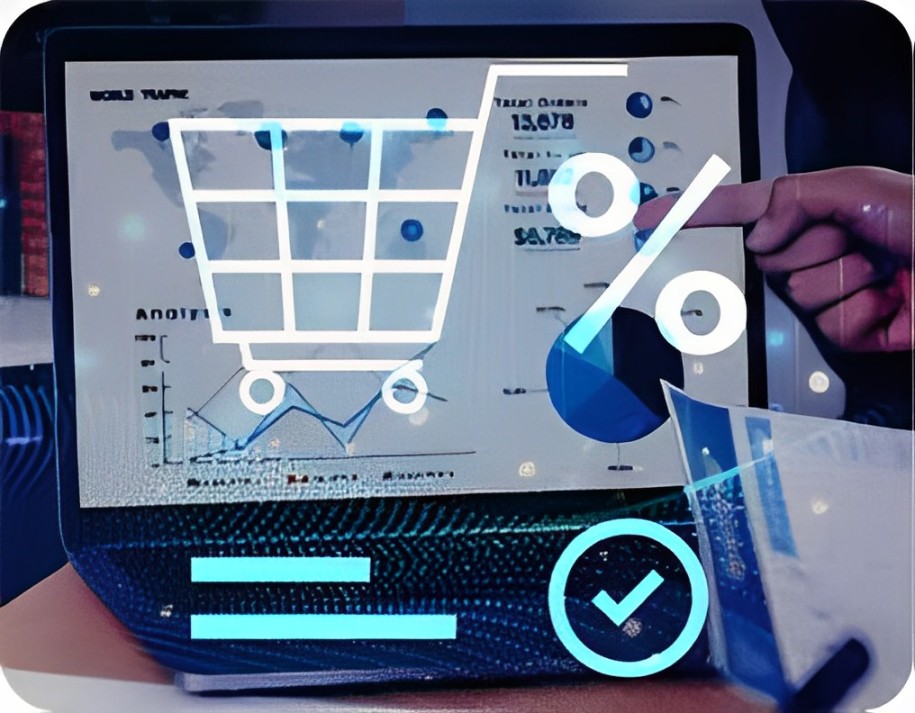There are more than plenty reasons why companies need predictive analytics. Bringing and keeping customers is probably the strongest reason of them all. Predictive analytics empowers you to identify signs of dissatisfaction and the scope to improve your customer experience before they leave. It identifies profitable customers, helps in more effective decision making, perform predictive maintenance, predict and help diffuse risks and even predict demand for price optimization.
Data is the new currency. Inferenz makes it possible for you to make quicker and smarter decisions, in less time. By putting data and analytics at the core, we help you capitalize on your data. We improve your bottom line. Not knowing what happened and why it happened can cost you your business. And to take corrective actions you need evidence. Your data is an invaluable asset because it captures the history of your business and what enabled you to create happy customers. Every deal acquired, every customer complaint, milestones that create a repository of learnings. Our Predictive analytics solutions capture your data flow and analyses each bit of information to generate predictive models to reduce risks and increase profitable customers. Latest resources Predictive Analytics
The idea is to learn from past mistakes and successes to make changes and investments. Or not.

FAQs related to Predictive Analytics

